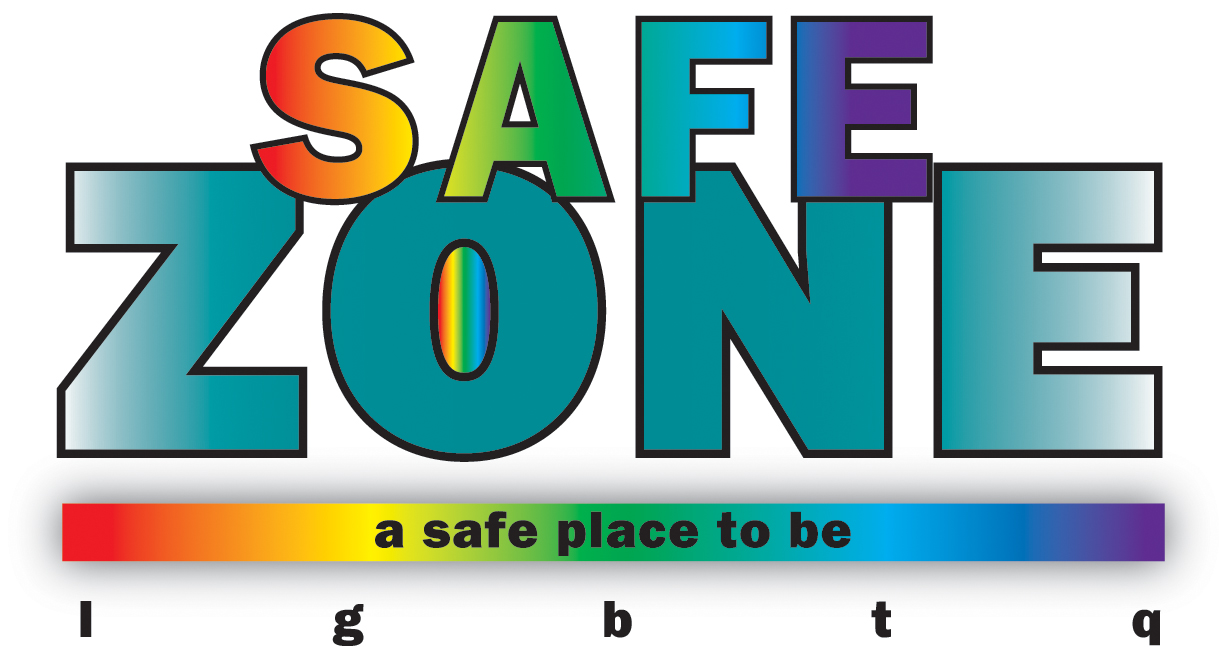Author: Aymia Brower

Imagine walking into any Cuyahoga Community College campus class with twenty-two seats empty. Can you imagine creating a special bond with your fellow students, only to find that the number of
According to Professor Alan Gerding a clinical psychologist and one of Tri-C Safe Zone’s facilitators, in 2014 a student from his class at Tri-C’s Metro campus named Mitchell Ballard called him by phone from the hospital stating that he had been brutally attacked by a violent group that knew he was openly gay. As time went on, Gerding began to wonder why Mitchell never came to collect graded papers. As Gerding made efforts to contact the student it was revealed the student’s health took a turn for the worse and the student passed away. Gerding reported that he was deeply saddened by this incident. To stand against violence and discrimination, he joined. “I am a fan of nondiscrimination, equal rights and people not hating each other,” he says.
Safe Zone was founded in 2004 by Michelle Nicopolis, a member of the Western Campus Student organization LAMBDA Gender-Sexuality Alliance. Safe Zone’s multi-colored logo alone is said to grab the attention of individuals who are in need of a safe place to talk. By displaying a Safe Zone logo in an office window, door, or by wearing a button it could also prevent someone from being attacked. Safe Zone offers training to become a certified ally. By attending Safe Zone training, an individual can also gain an understanding about the proper terms to use plus the how and why it is important to handle with care the harassment of LGBTQ+ as well as all individuals.
Today many students and staff of Tri-C remain clueless as to what Safe Zone offers. By getting more allies and students to wear their Safe Zone buttons and logos the impact of safety can become even more effective.
According to the flier on most of the bulletin boards, Safe Zone is a space where everyone will be respected and heard regardless of sexual orientation, gender identity, and gender expression. Many people may have been misguided or misinformed on what becoming an ally for Safe Zone would require, and many people may be uncomfortable attending one of the training sessions. That is why the officials of Safe Zone deem it necessary to host a meeting for faculty and invite students to the meeting as well. Technically the program was designed for faculty only to become a certified ally. The extended invitation could serve as double gateway for individuals who are in need of support, and for those who are unaware of what Safe Zone represents.
According to the Tri-C newsletter Rainbow Connection, in Ohio, there have already been 22 violent deaths from the LGBTQ+ community in 2019. Safe Zone continues to recruit more allies, and encourages the allies to make their Safe Zone logo visible. Cuyahoga Community College provides a list with hundreds of Safe Zone’s allies that can be found on the college website.

